
Russia has unveiled the first RITM-400 nuclear reactor to power the nuclear icebreaker 'Rossiya' under construction. The advanced reactor, manufactured by ZiO-Podolsk, a subsidiary of Rosatom's machine building division, will make the 'Rossiya' the most powerful ship of its kind.
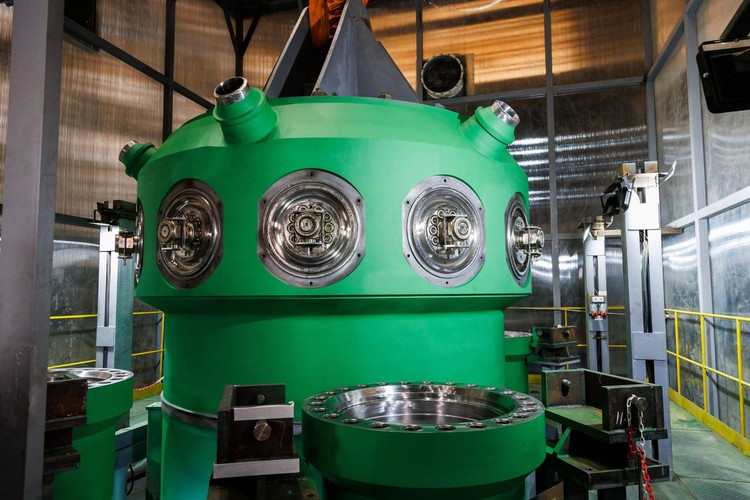
The RITM-400 reactor, an expanded version of the successful RITM-200 design, produces 315 MWt and 120 MW of propeller power. Its completion signals a major step forward for Russia’s nuclear icebreaker fleet.

Alexey Likhachev, head of Russia's nuclear agency Rosatom, stressed the importance of the reactor during the inauguration ceremony.“The completion of the RITM-400 reactor is an important event for the icebreaker fleet, for Rosatom and our entire country,” Likhachev said.

He further revealed that the twin reactors of 'Rossiya' will be named after legendary Russian heroes, Ilya Muromets and Dobrynya Nikitich. As an expanded model, the RITM-400 produces 315 MWt, with a rotor capacity of 120 MW, compared to 165 MWt of the RITM-200, but uses the same technology.

Igor Kotov, head of Rosatom’s machine building department, confirmed that the second RITM-400 unit is expected to be completed within the next few months. “Both units will be sent to the shipyard for installation on the Rossiya nuclear-powered ship and will be a gift from Rosatom machine builders to mark the 80th anniversary of the nuclear industry,” Kotov added in a press release.

“The completion of this project opens up new opportunities for the development of the Northern Sea Route.” When put into service, the ‘Rossiya’ will become the world’s most powerful nuclear icebreaker. As the first ship of the proposed Project 10510, it will have two RITM-400 pressurized water reactors, allowing it to break through ice up to 4.3 meters thick and cross a channel up to 50 meters wide. The planned date for official operation is 2030.
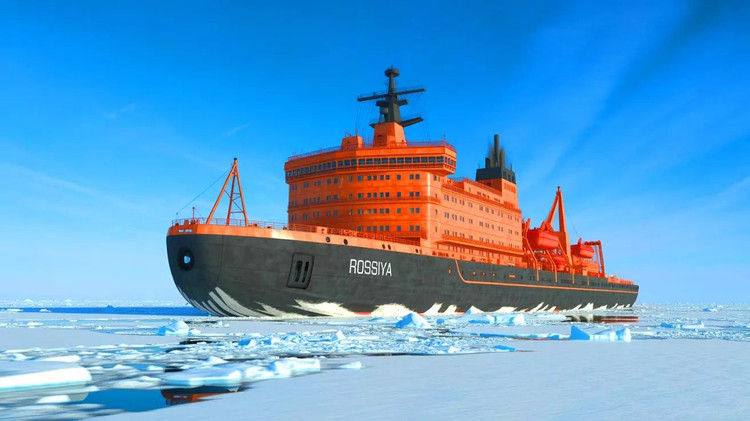
Russia’s push to build more nuclear icebreakers is a clear strategic move to boost shipping along the country’s northern coast. Nuclear icebreakers, despite their high operating costs, have significant advantages over diesel-powered vessels.
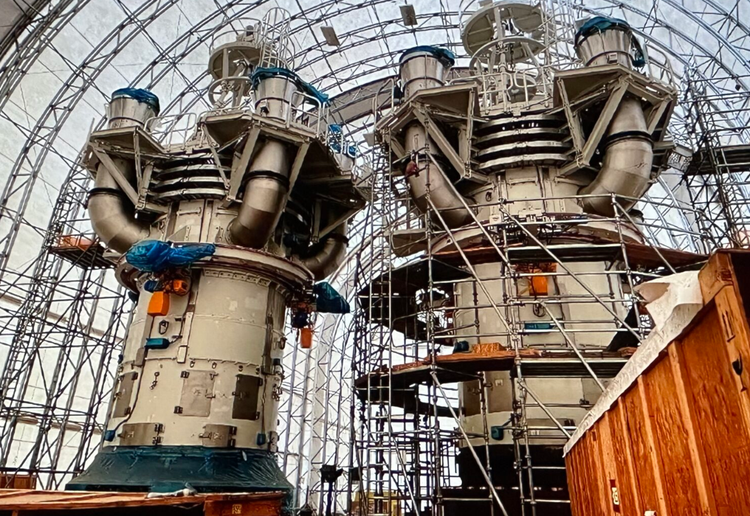
Their onboard reactors can operate for years without refueling, which is crucial for sustained operations in the remote Arctic, where diesel fuel is scarce and unsuitable for harsh weather. Diesel-powered ships also lack the large power needed to break through heavy ice and have limited range and endurance.

The country currently has eight nuclear-powered icebreakers in service: 50 Let Pobedy, Vaigach, Yamal, Taimyr and the Project 22220 ships Arktika, Siberia, Ural and Yakutia. There are also three more Project 22220 ships in various stages of construction - Chukotka, Leningrad and Stalingrad.

Ten RITM-200 reactors have been produced for Project 22220 ships with another ten currently in production for use in icebreakers or small modular reactor plants on land and at sea.

Russia has indicated that it needs several more multipurpose nuclear icebreakers to ensure continuous operations along the 3,479-mile (5,600-km) Northern Sea Route, which stretches from St Petersburg and Kaliningrad to Vladivostock.
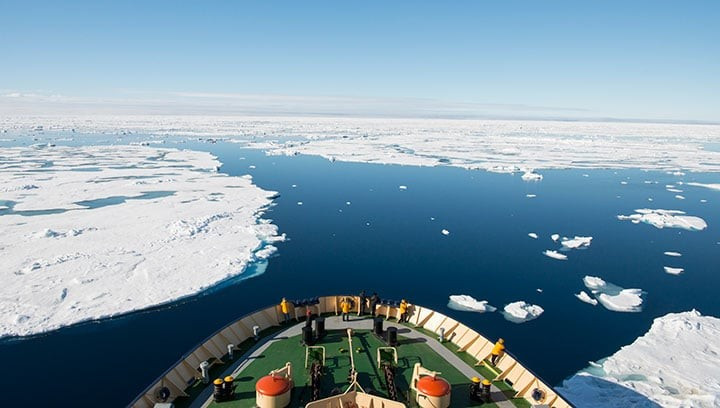
The route significantly reduces shipping distances, with Russia claiming it halves the journey from Murmansk to Japanese ports compared to the Suez Canal, cutting transit time from around 37 days to 18 days.
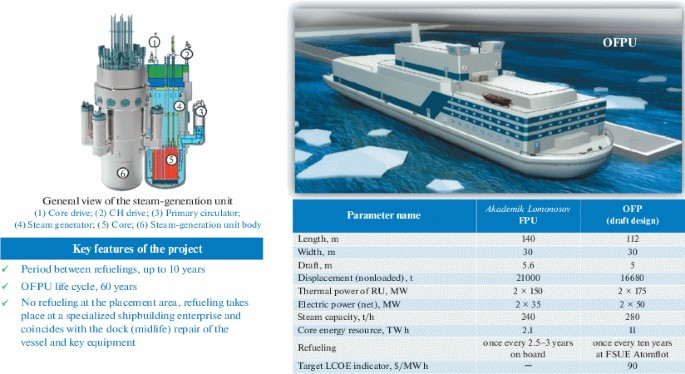
According to Rosatom's report, in 2024, nearly 37.8 million tonnes of cargo were transported via the Northern Sea Route, 1.6 million tonnes more than the previous high. There were also a record number of transit voyages - 92 - helping to set a record of 3 million tonnes of transit cargo. The nuclear icebreaker fleet provided 976 escort icebreakers.
Source: https://khoahocdoisong.vn/ky-quan-cong-nghe-an-trong-co-may-manh-nhat-the-gioi-post1544453.html





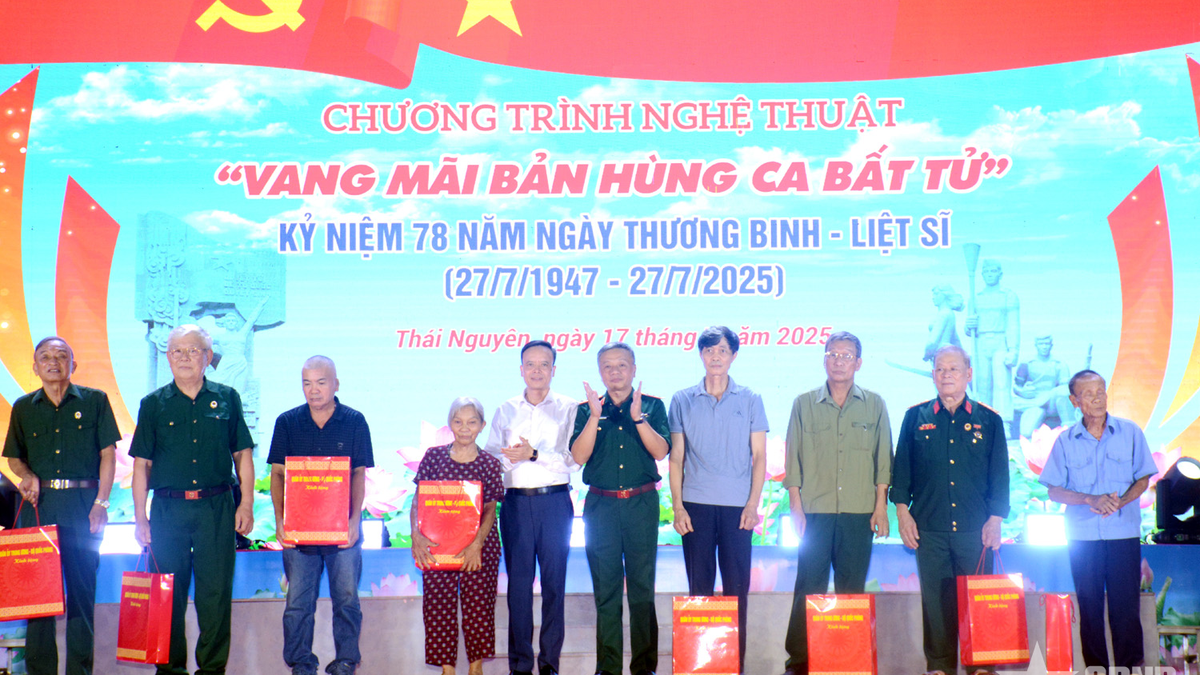


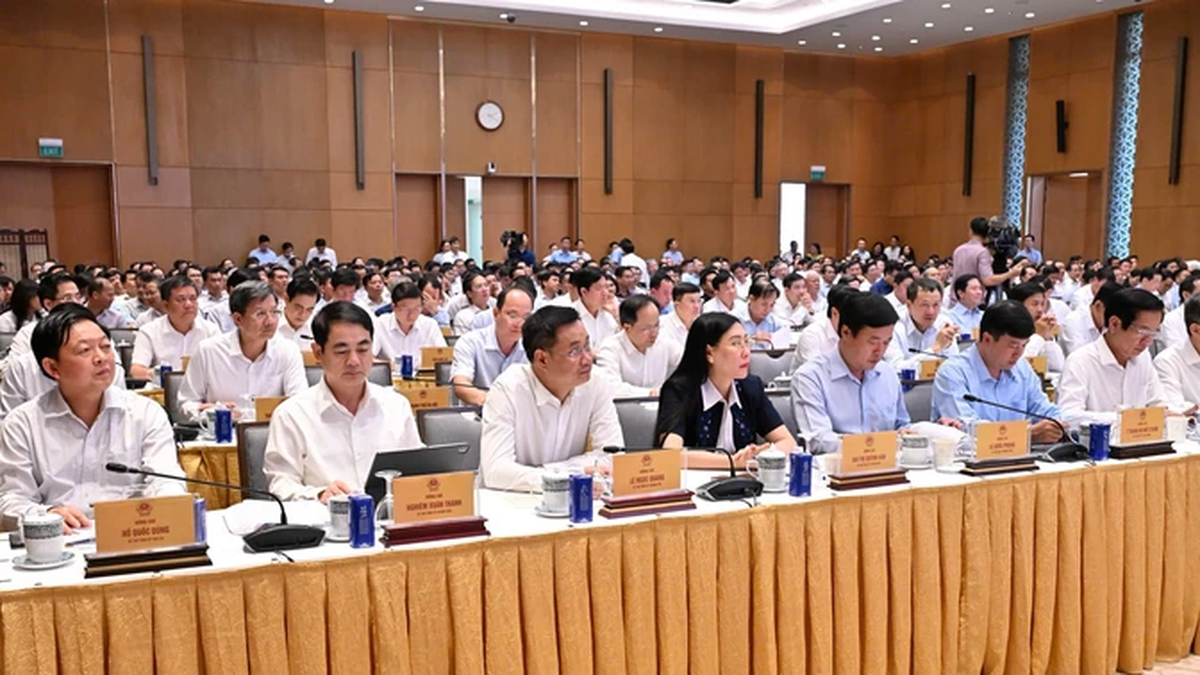

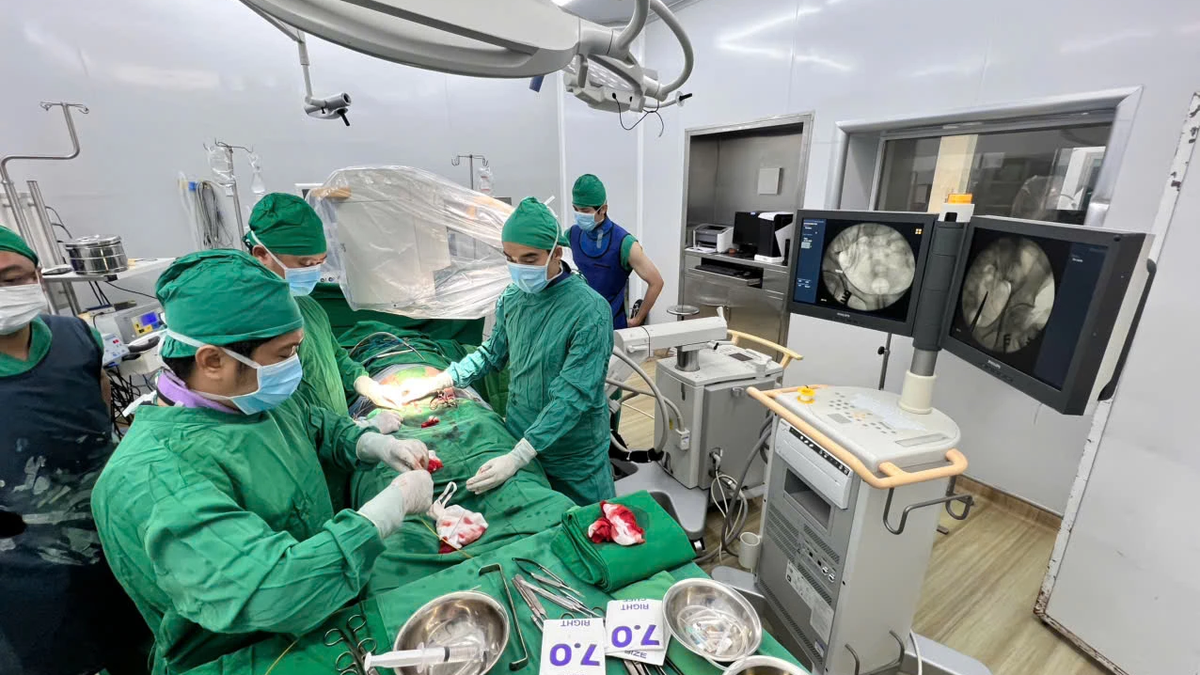
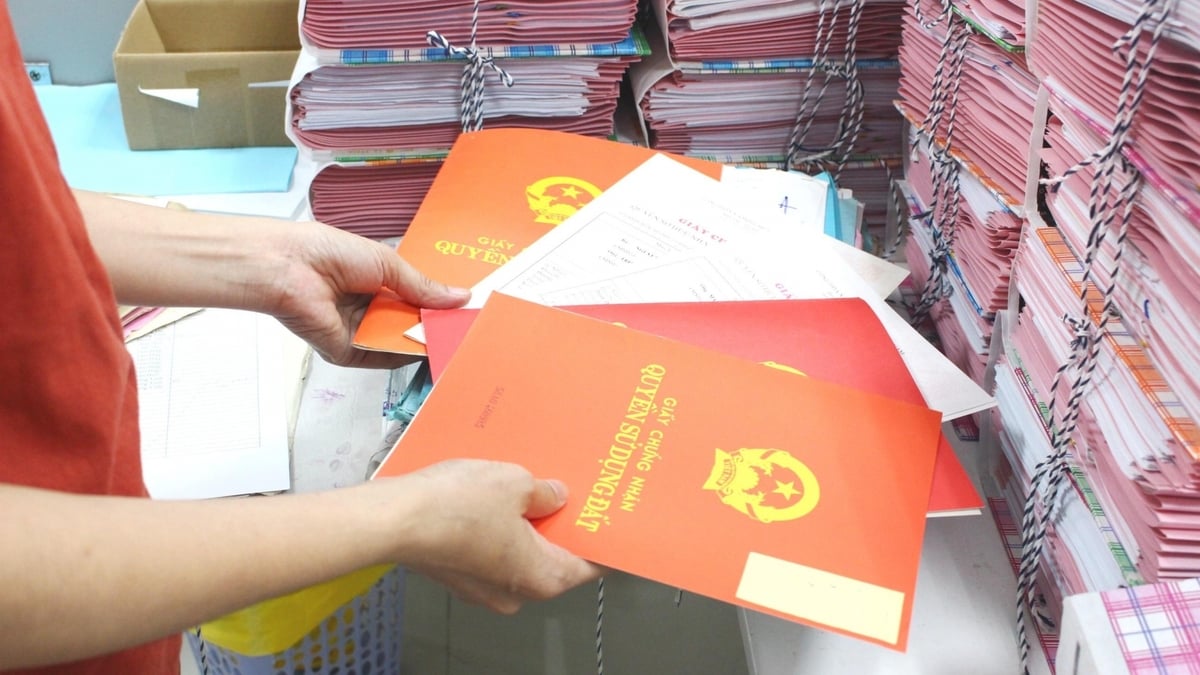













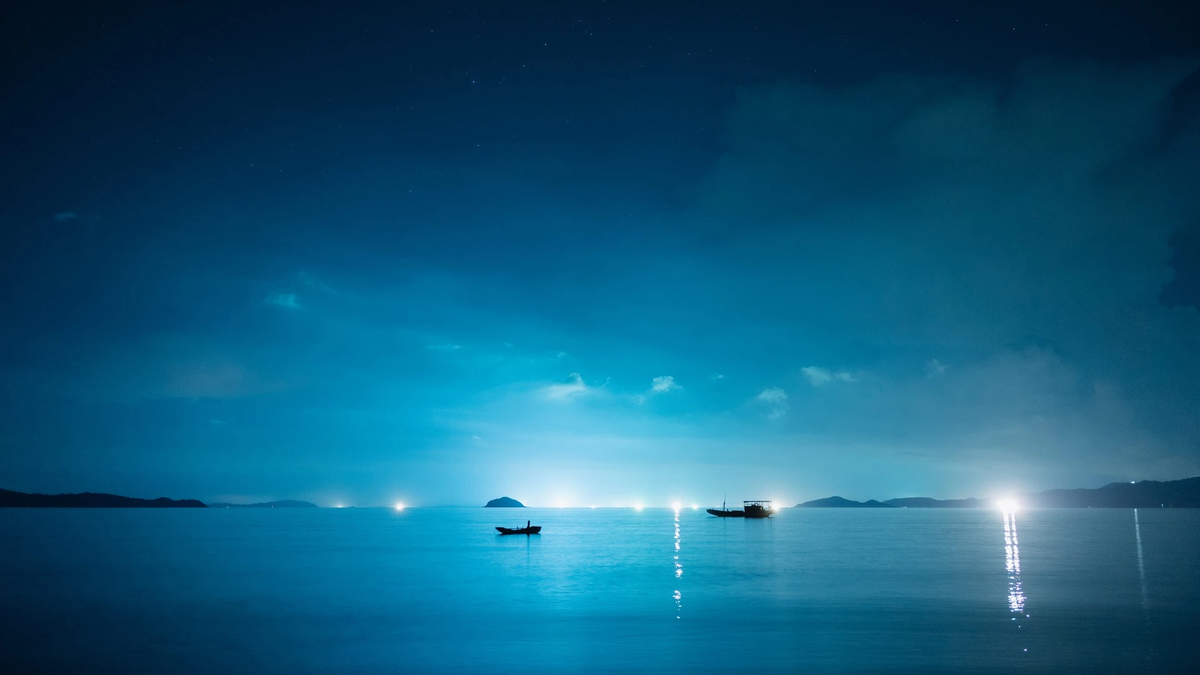






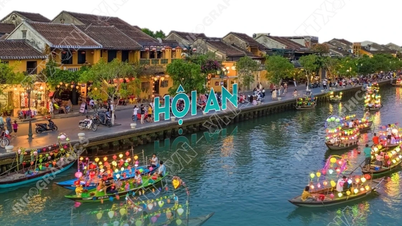

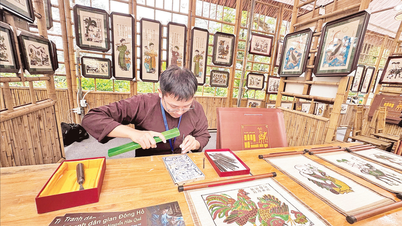

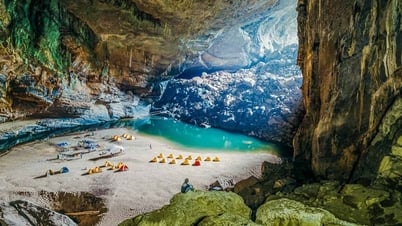
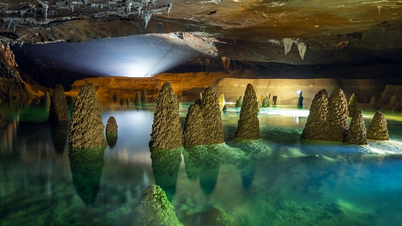

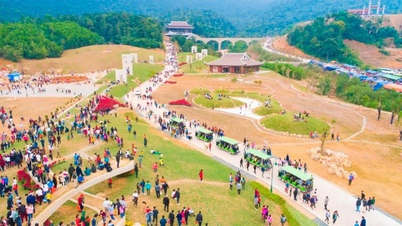













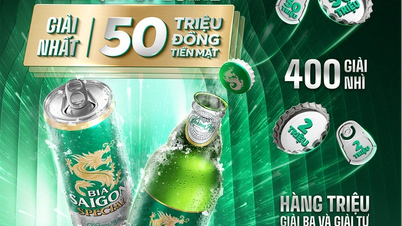

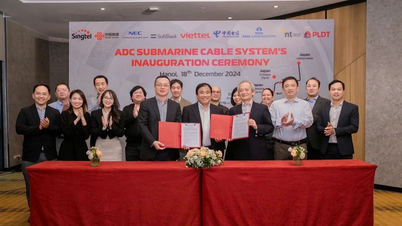










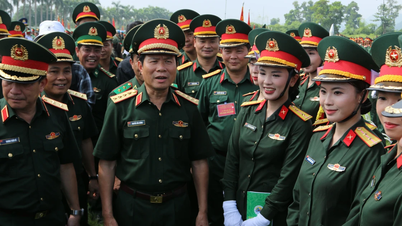
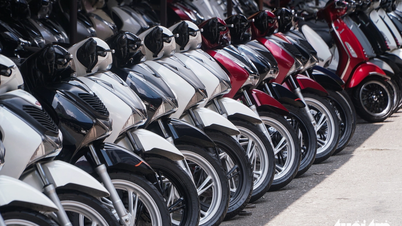
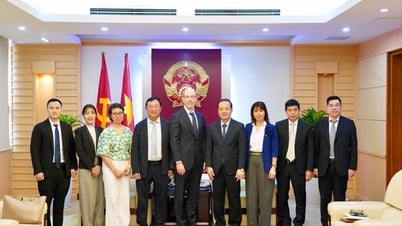

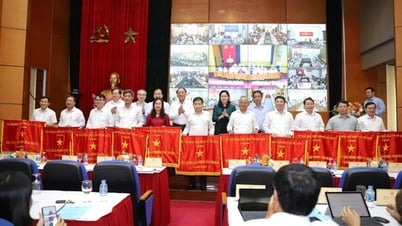

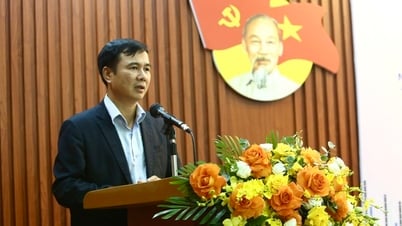











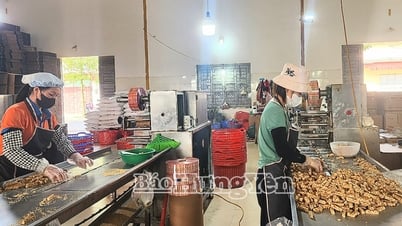



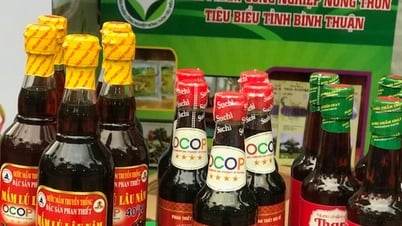

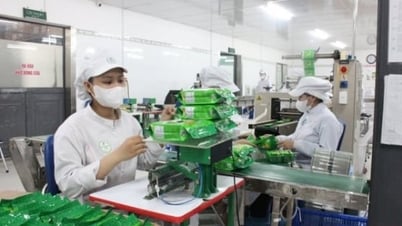






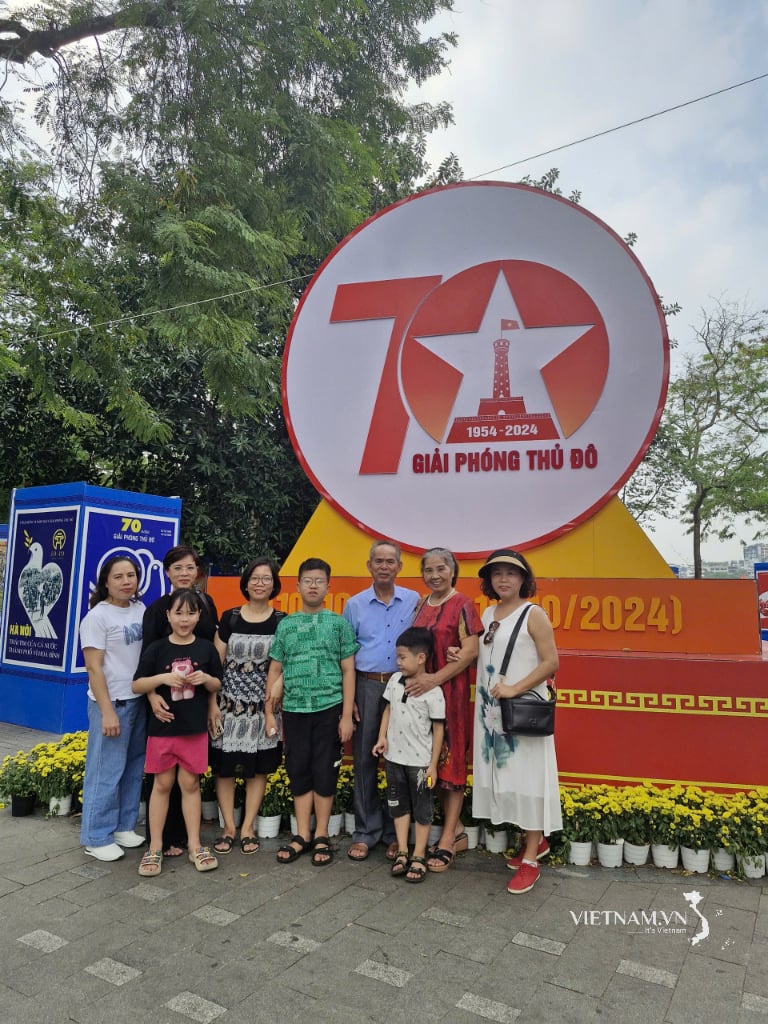


Comment (0)